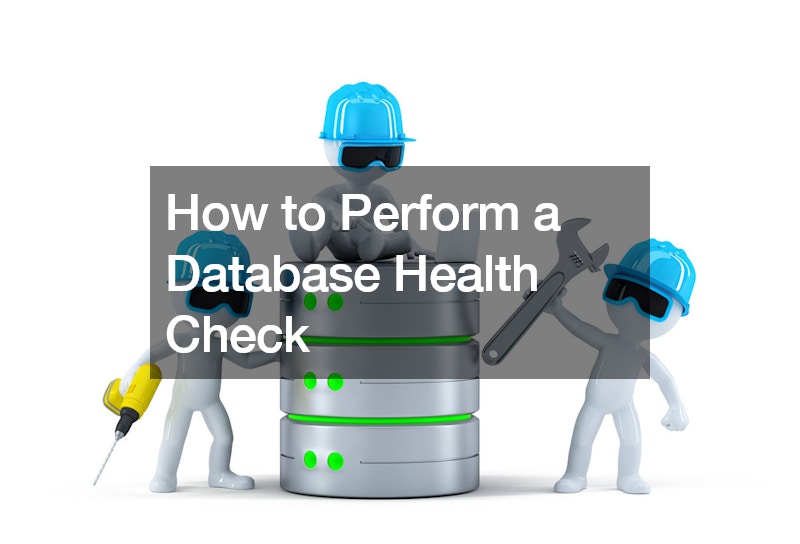The YouTube video explores an MS SQL Healthcare server check. Viewers gain insight into the process through the video. Maintaining the health of your database is crucial for ensuring its proper functioning and efficiency. Performing a basic database health check involves several simple steps.
- Verify that you can connect to the database using your preferred database management tool or command-line interface.
- Check the server resource usage by monitoring the CPU, memory, and disk usage to ensure sufficient resources are available to handle current workloads. High resource usage can indicate performance issues or bottlenecks.
- Review the error logs and verify database backups to identify recurring issues or patterns that may indicate underlying problems.
- Assess database performance and review the database schema for anomalies.
- Check for data integrity, monitor replication and high availability, and document the results, including any issues or recommendations for improvement.
Performing these checks is essential for maintaining stability, performance, and security. By identifying potential problems early, software technicians can address them promptly, preventing escalation into more serious issues later on.
Remaining proactive in software engineering and troubleshooting problems is key to effectively managing database health. Your database is at the core of your operations. Incorporating these steps into a continuous improvement system allows technicians to stay one step ahead and ensure the ongoing reliability of the database.
.




